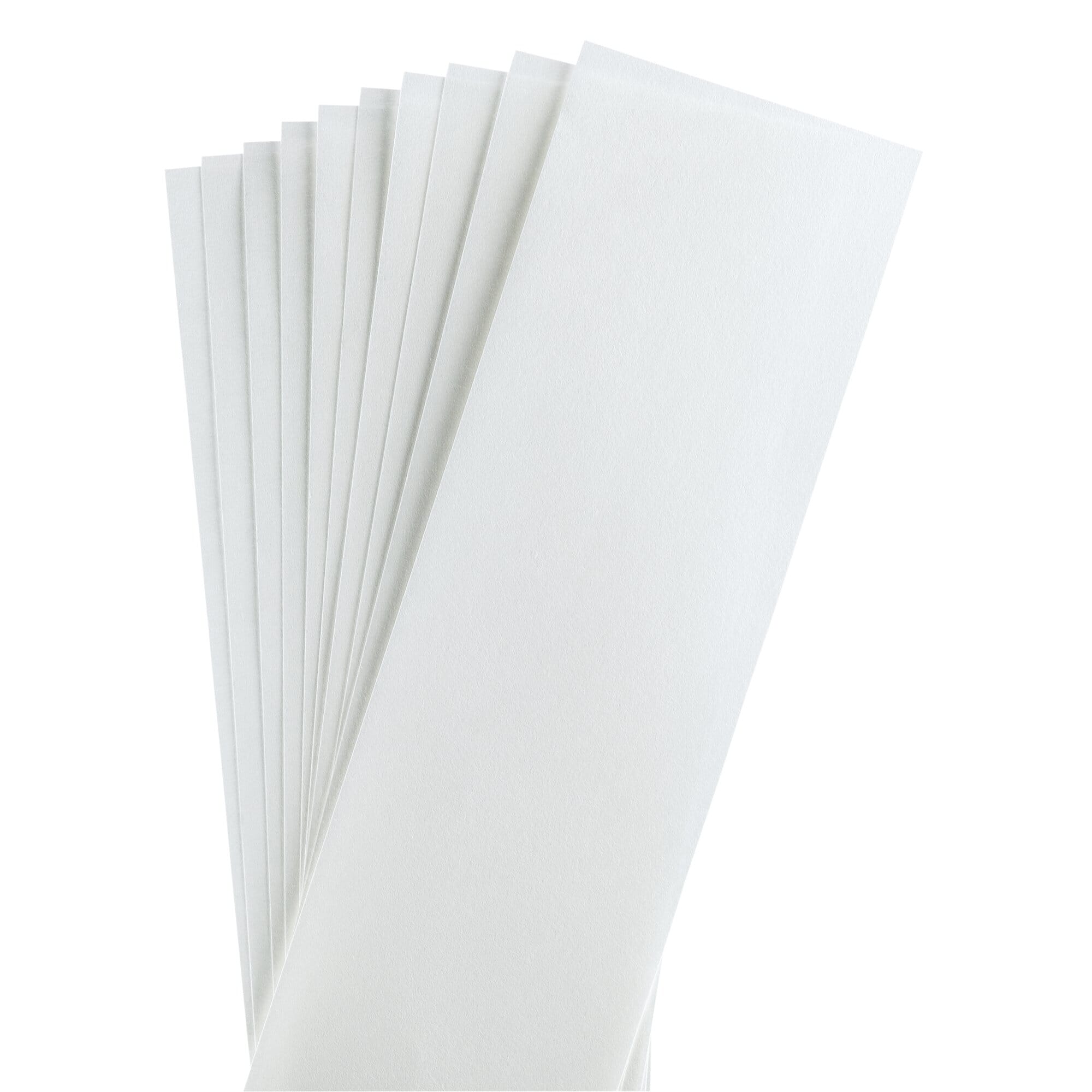
Water levels are shown as they would appear during the highest high tides (excludes wind driven tides). The data and maps in this tool illustrate the scale of potential flooding, not the exact location, and do not account for erosion, subsidence, or future construction.

This website was designed and created to provide a user-friendly visualization tool for those who make coastal decisions. Summarizes potential flood exposure based on demographic data including socioeconomic status, housing, household composition, disability, minority status, language, and vehicle access.

Summarizes projected heat increases and the potential flood exposure of health-related sites including hospitals, nursing homes, and contaminated sites.

Summarizes the potential flood exposure of natural and working lands, as well as sea-level rise impacts on coastal marshes (erosion and retreat) and public water access points. Summarizes the potential flood exposure of critical facilities and assets that the community needs to provide education, care, and public safety to residents. Summarizes the potential flood exposure of built infrastructure on which the community relies for services including wastewater treatment, energy generation, and transportation. These Climate Snapshots provide easy access to information about the people, places, and assets that are at risk from climate impacts in each of New Jersey’s municipalities. The pink ones are available in a pack of 10 pre-cut sheets to fit the Herbin rocking blotter (the same thing that comes already on the blotter), they're more expensive this way, but convenient.Adapting to climate change requires an understanding of potential hazards and exposure. These sheets can be cut down into 4 strips to fit the Herbin Rocking Blotter, giving you 40 sheets for your blotter.
White ink blotter paper full#
Both colors are available in full sheets (7.5"x4.75") in packs of 10. It comes in both pink and white sheets, but there's no difference between the two other than color. I've heard of people getting some from their local printers (if there is one local to you), but the Herbin stuff is made and distributed specifically for fountain pen use. I have to be honest and say I'm not 100% sure what is the difference between one blotting paper over another. Herbin blotting paper is good stuff, but there's other blotting paper out there. One thing I like to do is cut it to fit a small carry-around notebook I use, and when I'm writing something in the notebooks, I can just shut it and know that the ink won't go over to the other page. You don't have to use blotting paper in a rocker blotter, there are other uses for it. But if you're writing something thoughtful and you don't want to break the flow of your writing, a blotter can help you to stay 'in the zone' and keep you going without having to wait for your ink to dry. Just allow some extra time for your ink to dry on the page and you'll be all set.

If you don't have a blotter, no big deal. But in today's world where most hand writing is done with ballpoint and rollerball pens, the concept of waiting for liquid ink to dry on a page is a foreign concept to new fountain pen users. Blotters are something that have been around for a really long time, and were a common tool for anyone writing, say, 150 years ago.


 0 kommentar(er)
0 kommentar(er)
